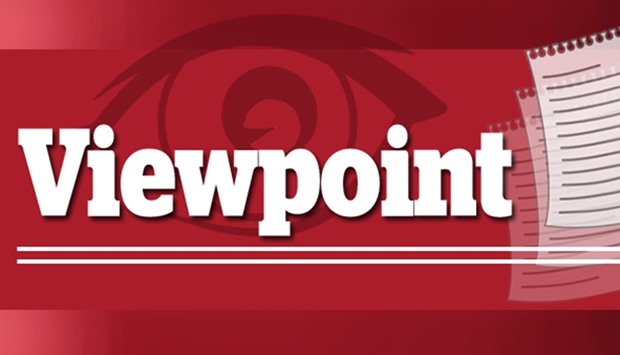The incoming US administration’s tough talk against China has set the stage for showdowns on everything from security to trade and cyberspace, but contradictory signals are sowing uncertainty over how far President-elect Donald Trump is prepared to go in confronting Beijing.
Highlighting the contested South China Sea as a potential flashpoint, Trump’s Secretary of State nominee Rex Tillerson threw out an explosive challenge to Beijing last week by calling for it be denied access to artificial islands it is building in the strategic waterway.
A Trump transition adviser said that Tillerson, Trump’s pick to be America’s top diplomat, did not mean to suggest the new administration would impose a naval blockade, which would risk armed confrontation with China, something the new administration was not seeking.
But another official authorised to speak on behalf of the transition team pushed back on that view, saying Tillerson “did not misspeak” when he said China should be barred from its man-made islands.
Amid the conflicting signals on policy, the team appears to be making progress on plans for a major naval build-up in East Asia to counter China’s rise.
The transition adviser spoke about specifics under consideration, such as basing a second aircraft carrier in the region, deploying more destroyers, attack submarines and missile defence batteries and expanding or adding new bases in Japan and Australia.
Trump, who succeeds President Barack Obama on Jan. 20, has vowed to greatly expand the US Navy to 350 ships, but his transition team has not made clear how he will fund this, amid other massive spending plans.
China’s Foreign Ministry said it could not guess what Tillerson meant by his remarks, which came after Trump questioned Washington’s longstanding and highly sensitive “one-China” policy over Taiwan. But an influential Chinese state-run tabloid warned that blocking Chinese access to South China Sea islands would require the United States to “wage war.”
Trump’s pick for defence secretary, retired Marine General James Mattis, did not endorse Tillerson’s message on the South China Sea, which would seem at odds with Washington’s own longstanding commitment to freedom of navigation for all.
Asked about the remarks at his confirmation hearing on Thursday, Mattis said China’s actions in the South China Sea were part of a broader attack on the world order, but said the State, Defence and Treasury Departments needed to put together an integrated policy “so we are not dealing with an incomplete or an incoherent strategy.”
The conflicting messages underscore the incoming administration’s struggle in crafting an approach to one of the biggest foreign policy challenges facing Trump, who during his election campaign repeatedly bashed China, saying it was “killing” and “raping” America on trade.
As part of a drive to protect American jobs, Trump has threatened to declare China a currency manipulator – even though economists say Beijing has been seeking to prop up, not weaken, its currency. He has also threatened to slap punitive tariffs on Chinese goods, risking a trade war that could hurt both countries and the global economy.
China’s official responses to recent broadsides have been measured so far as they wait to see how Trump will act once he takes office.

Viewpoint

